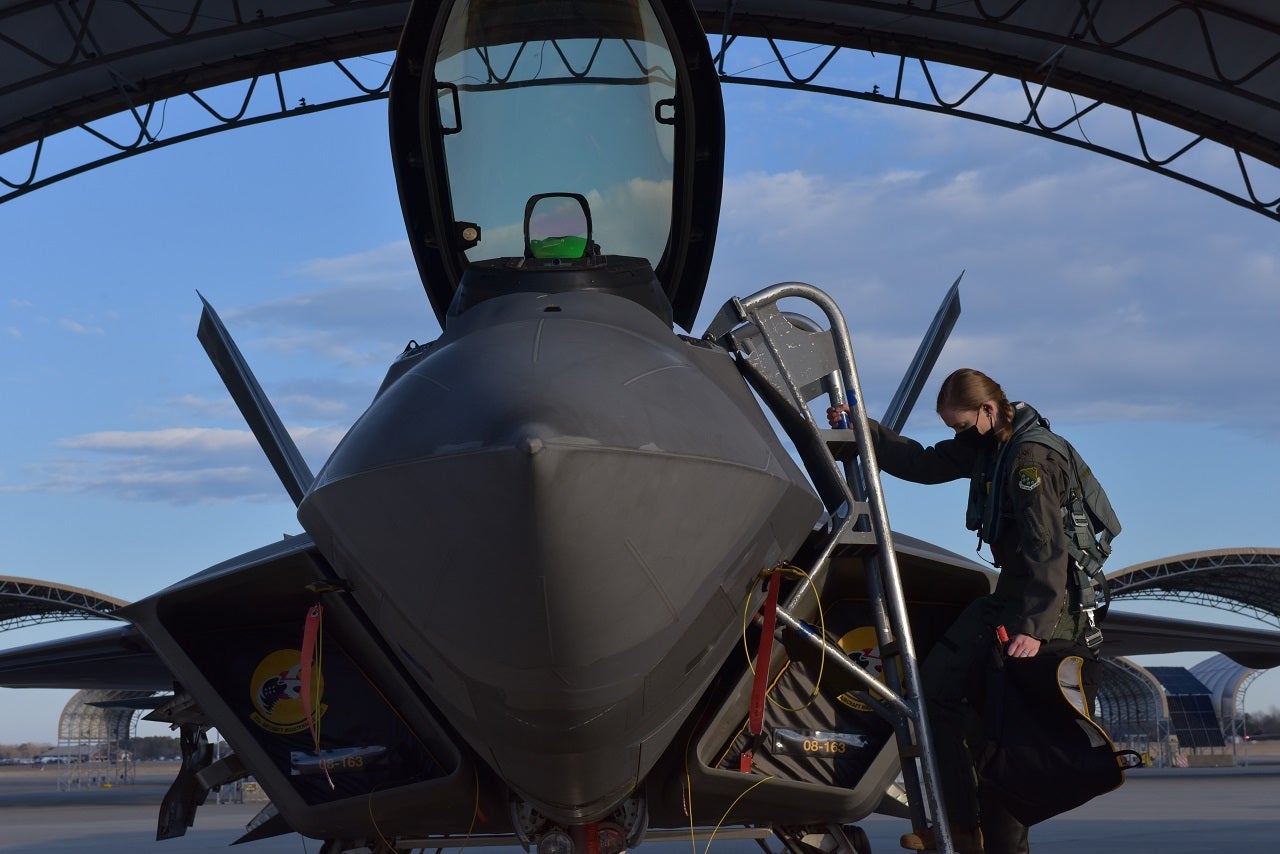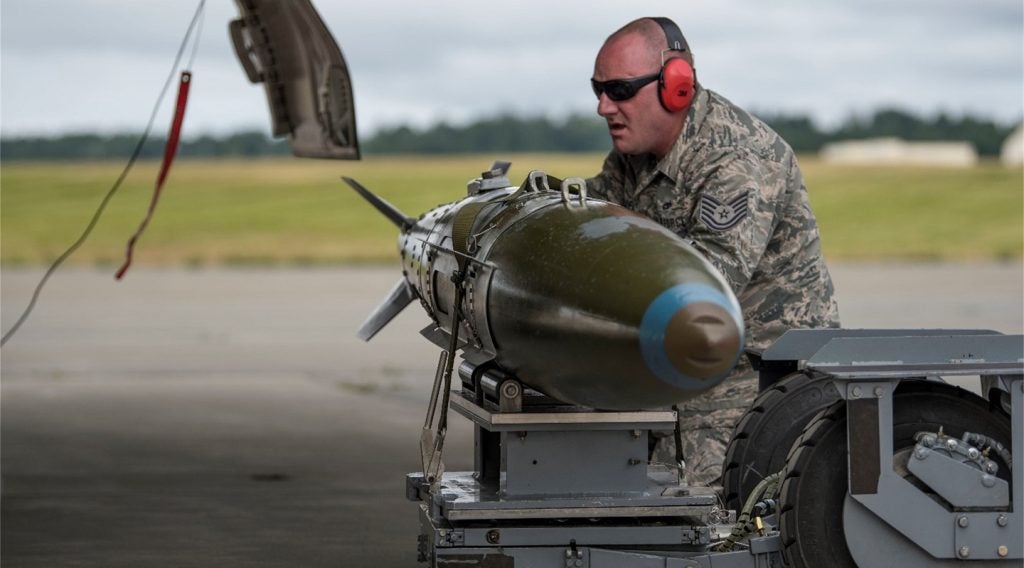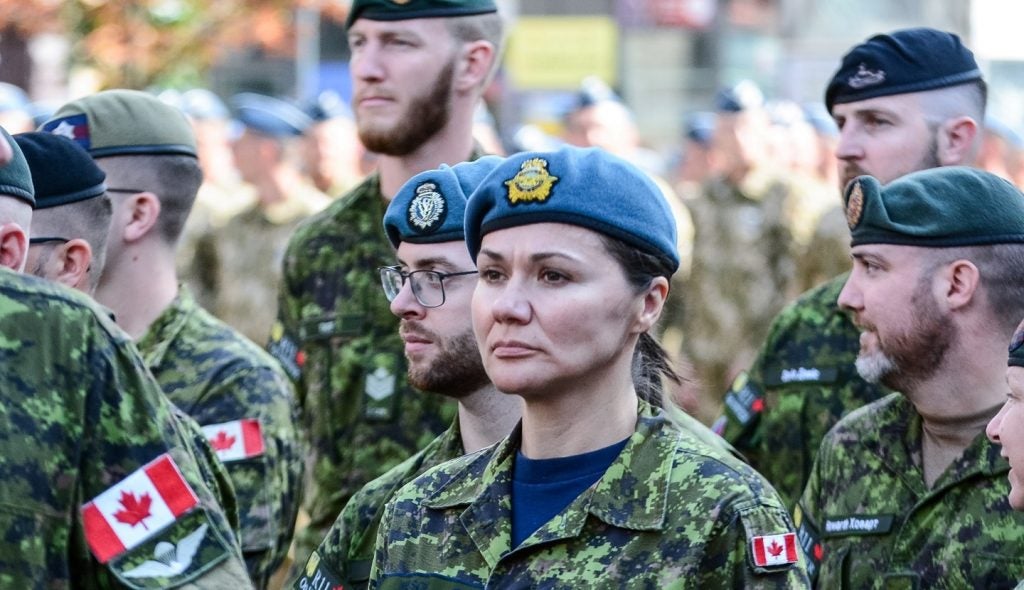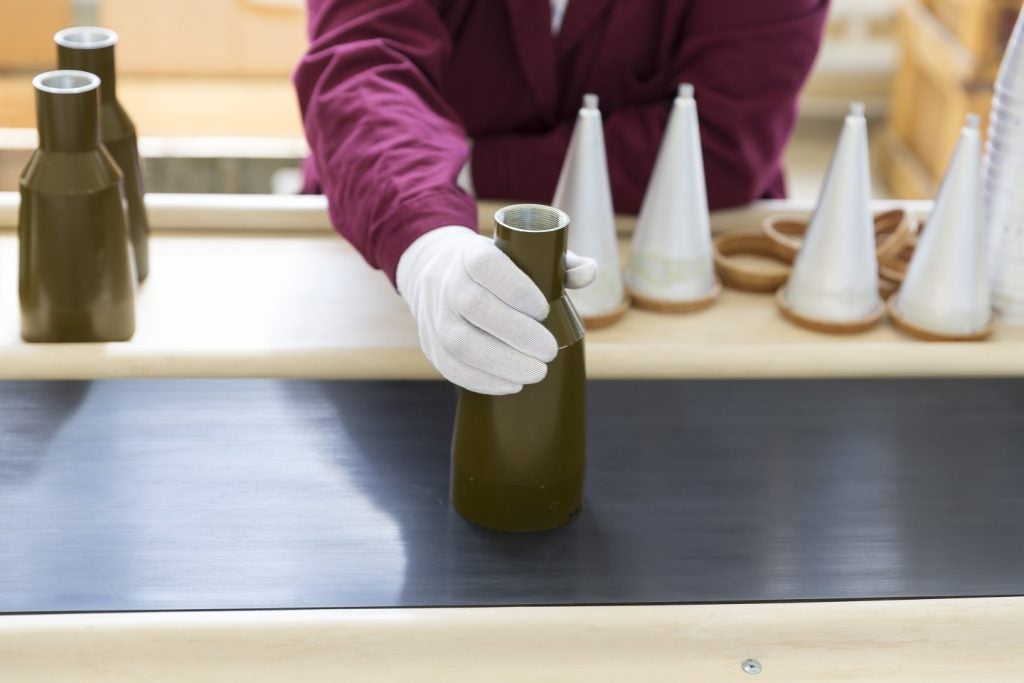
The US Air Force (USAF) is set to deploy the Omni Generation III Skydrate, a new in-flight bladder relief device, early this month.
Improvements to the original Skydrate device were made following feedback from aircrew, who said the device was not ideal for use on long-duration sorties.
The service identified that aircrew using the current device often faced dehydration issues.
USAF’s Air Combat Command (ACC) took the lead in carrying out the improvements to the bladder relief device for pilots across the service.
Joint Base Langley-Eustis ACC Plans, Programmes and Requirements directorate aircrew flight equipment programme analyst Scott Cota said: “General Mark Kelly is focused on reducing predictable barriers to readiness for airmen.
“This is just one of the programmes we are working on here that will make it easier for airmen to train and execute their missions.”
How well do you really know your competitors?
Access the most comprehensive Company Profiles on the market, powered by GlobalData. Save hours of research. Gain competitive edge.

Thank you!
Your download email will arrive shortly
Not ready to buy yet? Download a free sample
We are confident about the unique quality of our Company Profiles. However, we want you to make the most beneficial decision for your business, so we offer a free sample that you can download by submitting the below form
By GlobalDataACC worked closely with Air Force Materiel Command (AFMC) and other service units to develop and evaluate Skydrate within a year.
According to USAF, a total of 30 female aircrew were on site at the Omni facility to conduct multi-hour wear tests.
Nine pilots at three installations also participated in the flight testing.
Eglin Air Force Base 46th Test Squadron lead test engineer Sharon Rogers said: “This is a good example of using a ‘fly, fix, fly’ model to prioritise female aircrew feedback and speed up the testing process to field the device quicker.”
Skydrate is available for both male and female aircrew.
The USAF said that aircrew would be able to access Skydrate early next year.
The Agile Combat Support Directorate subdivision Human Systems Programme Office at Wright-Patterson Air Force Base in Ohio is also reviewing proposals from several companies for ‘alternative’ bladder relief devices.







